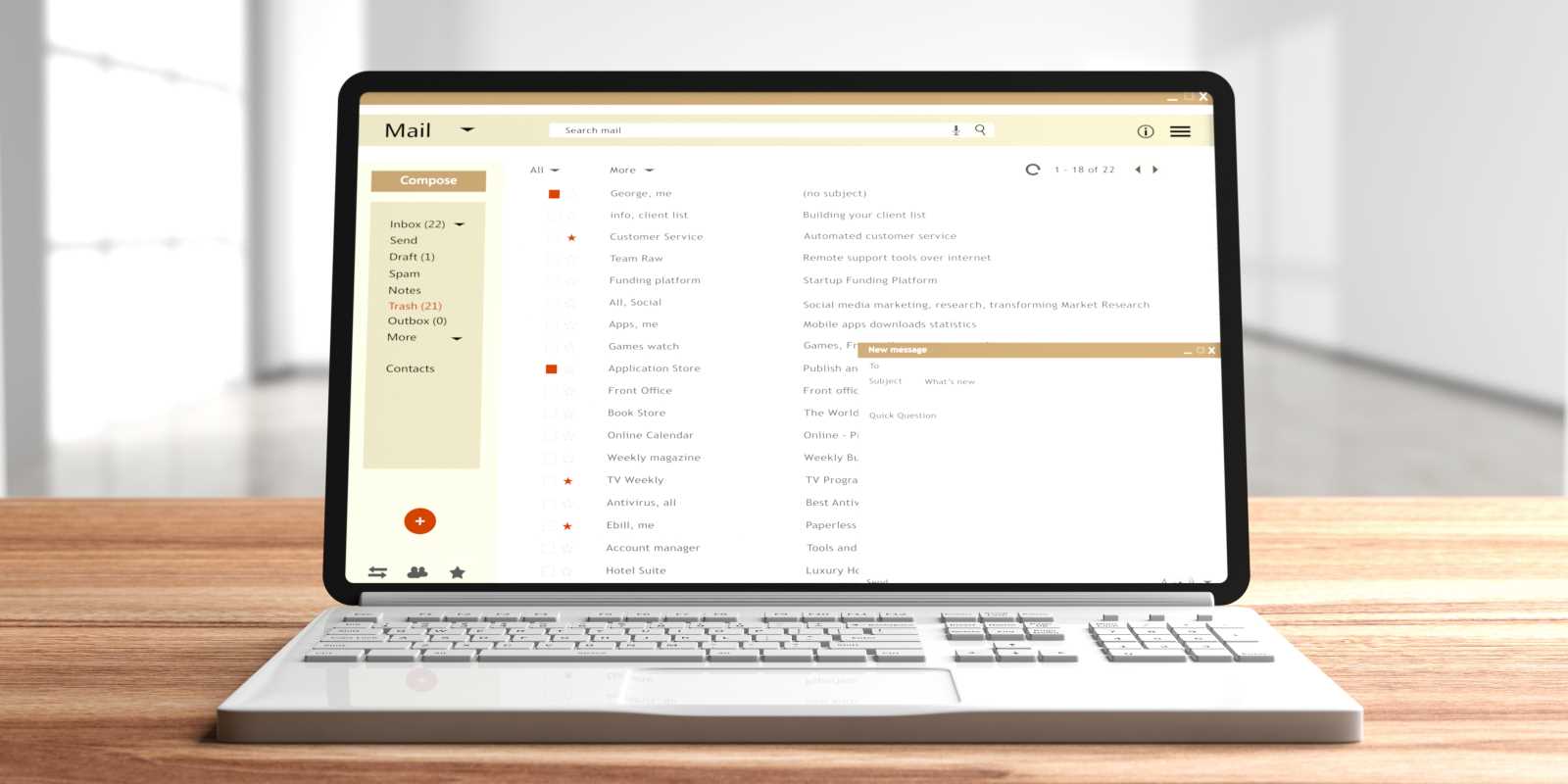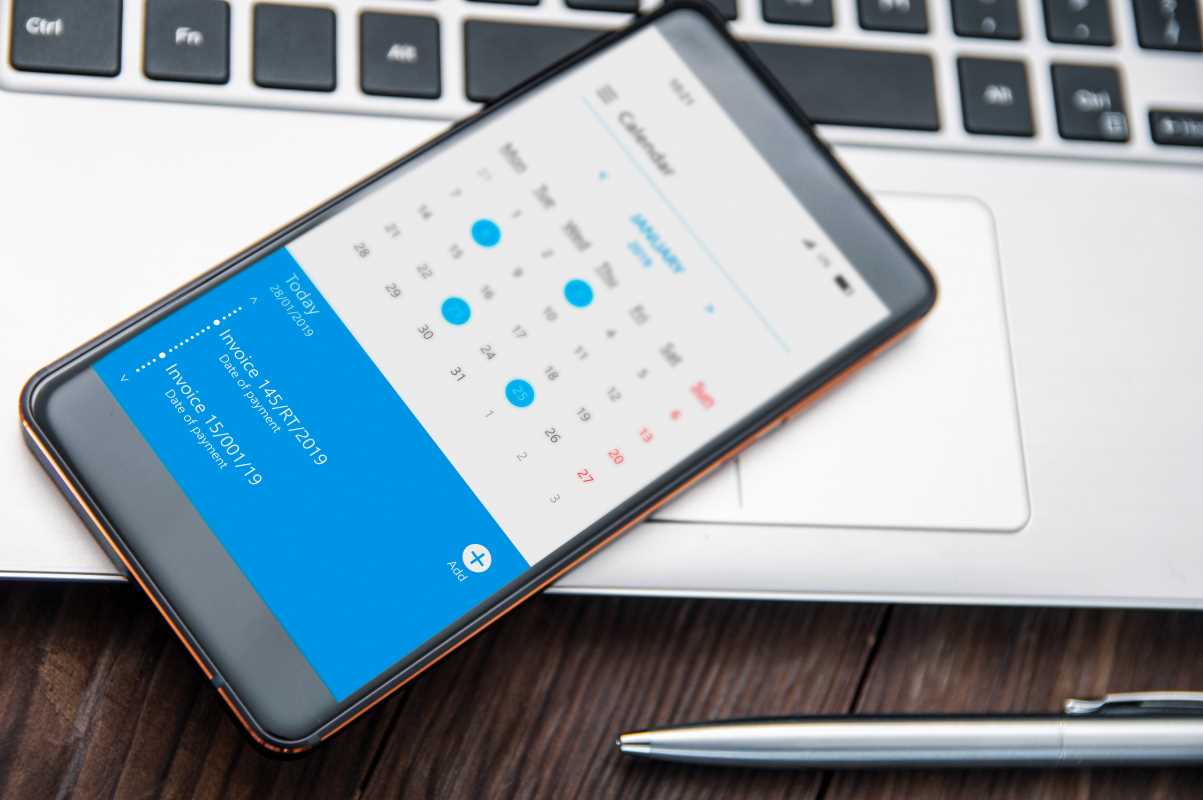The feeling of being busy does not always equal the feeling of being productive. You can spend your entire day rushing from one task to another, only to realize you have not made meaningful progress on your most important goals. The key to true productivity is not about doing more things; it is about doing more of the right things. This is the core insight of the 80/20 Rule, a powerful principle that can revolutionize how you approach your work and life. By understanding and applying this rule, you can learn to identify the vital few tasks that deliver the most significant results. You will move from being perpetually busy to being genuinely effective.
What Is the 80/20 Rule?
The 80/20 Rule, also known as the Pareto Principle, is an observation that for many outcomes, roughly 80% of the consequences come from 20% of the causes. This concept was first noted by Italian economist Vilfredo Pareto in 1896. He observed that 80% of the land in Italy was owned by just 20% of the population. This principle of imbalance has since been found to apply to an astonishing variety of situations. For instance, 20% of your customers might account for 80% of your sales. You might wear 20% of your clothes 80% of the time.
In the context of productivity, the 80/20 Rule suggests that 20% of your efforts will produce 80% of your results. This means that a small fraction of your tasks holds the key to the majority of your success. The remaining 80% of your tasks are likely "trivial many"—the low-impact activities that consume your time and energy without contributing much to your overall goals. The power of this principle lies in its ability to force you to prioritize ruthlessly and focus your attention where it matters most.
Identifying Your High-Impact 20%
The first step in applying the 80/20 Rule is to figure out which of your activities fall into that critical 20%. This requires a period of honest reflection and analysis. You need to connect your actions to your outcomes to see what is truly driving your progress. This process illuminates the difference between being busy and being effective.
1. Define Your Goals and Desired Outcomes
You cannot identify your most important tasks without first knowing what you are trying to achieve. Take some time to clearly define your key objectives, both professionally and personally. What does success look like for you in your career, your health, or your personal projects? A clear destination makes it much easier to identify the most direct route. For example, a salesperson's primary goal might be to increase sales by 15% this quarter.
2. List All Your Activities
Next, create a comprehensive list of all the tasks and activities you regularly perform related to your goals. Be as detailed as possible. For the salesperson, this list might include:
- Cold calling potential clients
- Sending follow-up emails
- Preparing sales presentations
- Attending internal team meetings
- Updating the CRM software
- Networking at industry events
- Creating social media content
3. Analyze the Impact of Each Activity
With your list in hand, it is time to connect your activities to your results. Look at each task and ask: "How much does this activity contribute to my primary goal?" You may need to look at data to answer this. The salesperson might analyze their sales records and find that 80% of their new business comes from two sources: follow-up emails and in-person networking. In contrast, cold calling and social media content might take up a lot of time but generate very few actual sales. These high-impact activities are their 20%.
Strategies to Leverage the 80/20 Rule
Once you have identified your vital few tasks, the next step is to restructure your time and energy around them. This is where the principle transforms from an interesting observation into a practical tool for exceptional productivity.
Prioritize and Protect Your 20%
Your most important tasks deserve your best energy. Schedule your 20% activities during your peak productivity hours. For many people, this is in the morning, but your own energy cycle might be different. Protect this time fiercely. Treat these focus blocks as non-negotiable appointments with your most important work. This ensures that you make progress on what truly matters before the distractions of the day take over.
Minimize, Delegate, or Automate the 80%
What about the other 80% of tasks—the "trivial many"? These activities still need to be done, but they should not dominate your schedule. Look for ways to handle them more efficiently:
- Minimize: Can you spend less time on these tasks? For example, instead of checking email constantly, batch it into two or three short sessions per day.
- Delegate: Is there anyone else who can handle this task? Delegating low-impact work frees you up to focus on high-impact activities.
- Automate: Can technology do this for you? Use tools to automate repetitive tasks like scheduling meetings or posting to social media.
Apply the 80/20 Rule to Eliminate "Time Wasters"
The Pareto Principle is also a brilliant tool for identifying and eliminating things that hold you back. Think about the sources of your distractions. You might find that 80% of your interruptions come from 20% of sources, like specific app notifications or chatty coworkers. By addressing these few key sources, you can dramatically increase your ability to focus. Turn off non-essential notifications or have a polite conversation with your coworker about your need for focus time.
The 80/20 Rule in Everyday Life
The power of the Pareto Principle extends far beyond your to-do list at work. You can apply this way of thinking to nearly every area of your life to improve your well-being and happiness.
- Learning: Twenty percent of the concepts in a new subject often provide 80% of the understanding. Focus on mastering the core principles first.
- Relationships: You might find that 80% of your happiness and support comes from 20% of the people in your life. Nurture these key relationships.
- Health and Fitness: Twenty percent of exercises (like compound movements) can deliver 80% of the results. A small number of healthy eating habits can have the biggest impact on your overall health.
By consistently asking yourself, "Is this in my top 20%?" you train your mind to focus on value over volume.
 (Image via
(Image via





